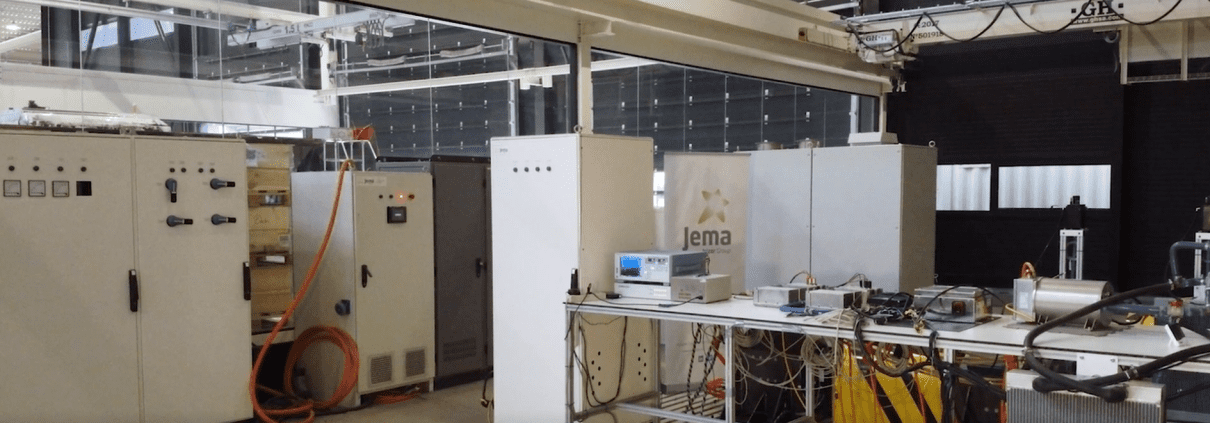JEMA BUILDS A DIGITAL TWIN FOR THE IDEV4.O PROJECT
Jema is participating in Work Package 3 of the iDev project, developing a digital twin of a heavy duty power train as part of the digital support option task in Work Package 3.
Digitalisation and automation are shaping the production technologies, supply chains and workplaces of the future. iDev, together with Jema, is driving this digital transformation by developing a digital twin.
The development of Industry 4.0 is projected towards artificial intelligence. This is the central element of this transformation and is related to big data and the massive interconnection of digital systems and devices. It is a new stage in which there is a new way of organising the means of production.
Jema is immersed in this industry, which through intensive use of the internet and cutting-edge technologies, can develop solutions that are more respectful of the environment and production chains, thus generating better communication with each other. That is why Jema is part of projects that promote this industry, developing solutions that create greater adaptability to needs, production processes and a more efficient allocation of resources.
JEMA has already developed an 18m power train and is currently developing the 12m traction system, with new control electronics and improvements to the 18m power train and integration of functionalities for electric trucks.
The purpose for this project has been to develop a digital twin of the tractor system he has designed. A digital twin consists of mathematical models that characterise the operation of the different elements (motor and inverters) that make up the powertrain.
During the first phase of the project, as much information as possible was collected from two main sources. On the one hand, information was collected from heavy vehicles in the real fleet. Through the CAN messages of the vehicles, information was recorded from the different CAN buses of the vehicles in different scenarios, in order to create realistic models for the vehicle mechanical system, the batteries, the storage system and other ECUs that communicate with the Power Train system.
The second source of information obtained was the Power Train test bench at Jema’s own facilities, to create specific models of the three elements that make up the Power Train system (ECU, inverter and electric motor).
Once the mathematical models had been validated, work was carried out on two scenarios of use. The first is completely virtual, which allows field fault traces to be injected, SW revisions to be debugged, new functionalities to be validated, etc. Its main use is based on the development of new SW functionalities required by customers, the evolution of the product and the correction of errors that occur in real life.
The second one that has been worked on is the union of the virtual and digital world. The capabilities of this are the same, however, instead of working in a completely virtual environment, it is carried out on real equipment. The objective of this hybrid digital twin is the development of new functionalities of the SW, the evolution of the product and the correction of errors.
The main difficulty of this project has been obtaining reliable data to generate all the models to be executed in the digital twin. However, after several iterations, it has been possible to obtain reliable models for the Power Train system and the complete vehicle.
Thanks to the digital twin created by Jema, customer usage profiles can be recreated and traction can be validated under conditions identical to reality. It provides a digital or mixed test environment to develop, debug or inject field events, with the ultimate goal of diagnosing and improving the SW without the need for physical vehicles.
To learn more about the digital twin developed in the iDev project, click on the following video. https://vimeo.com/641450566




